Basil Profile
Written by Joy
Oct 18 2021
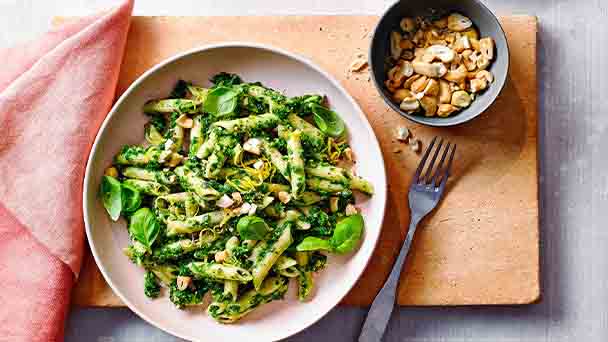
Basil is a medicinal and edible aromatic plant, with a taste like fennel, the whole plant is small, the leaves are green, the flowers are bright, and the fragrance is overflowing. This herb is native to tropical Asia and is very sensitive to cold. It grows best in hot and dry environments. Basil has a strong, pungent, and fragrant smell, and most common species are sparsely pilose.
Basil morphological characteristicsBasil growth habit and growing environment and distributionBasil efficacy and roleEdible valueBasil cultivationChoose a placeNursery
Basil morphological characteristics
Basil has a conical taproot and dense fibrous roots growing from it. The stem is erect, blunt quadrangular, the upper part is microgroove, the base is glabrous, and the upper part is puberulent, green, often dyed red and many branches.The leaves are ovoid to ovoid-oblong, 2.5 to 5 cm long, 1 to 2.5 cm wide, apex slightly obtuse or sharply pointed, attenuated at the base, with irregular teeth or nearly entire edges, nearly glabrous on both sides. The lower face is the glandular point, the lateral veins are 3 to 4 pairs, and the midvein is flat on the top and the bottom is more or less obvious. Racemes are terminally born on stems and branches. Each part is puberulent, usually 10-20 cm long. It is composed of many six-flowered alternately opposed ring cymes. The lower ring cymes are far away and can reach each other. 2 cm, the upper ring umbrella inflorescence is close; the bracts are small, oblanceolate, 5-8 mm long, shorter than the ring umbrella inflorescence, and the tip is sharp. Its edges are ciliated and often colored; its peduncle is very conspicuous, about 3 mm long in flower, and elongated in fruit, about 5 mm long, and the apex is recurved.
Basil growth habit and growing environment and distribution
Basil is native to Africa, America, and tropical Asia. China is mainly distributed in Xinjiang, Jilin, Hebei, Henan, Zhejiang, Jiangsu, Anhui, Jiangxi, Hubei, Hunan, Guangdong, Guangxi, Fujian, Taiwan, Guizhou, Yunnan and Sichuan. There are also warm regions from Africa to Asia.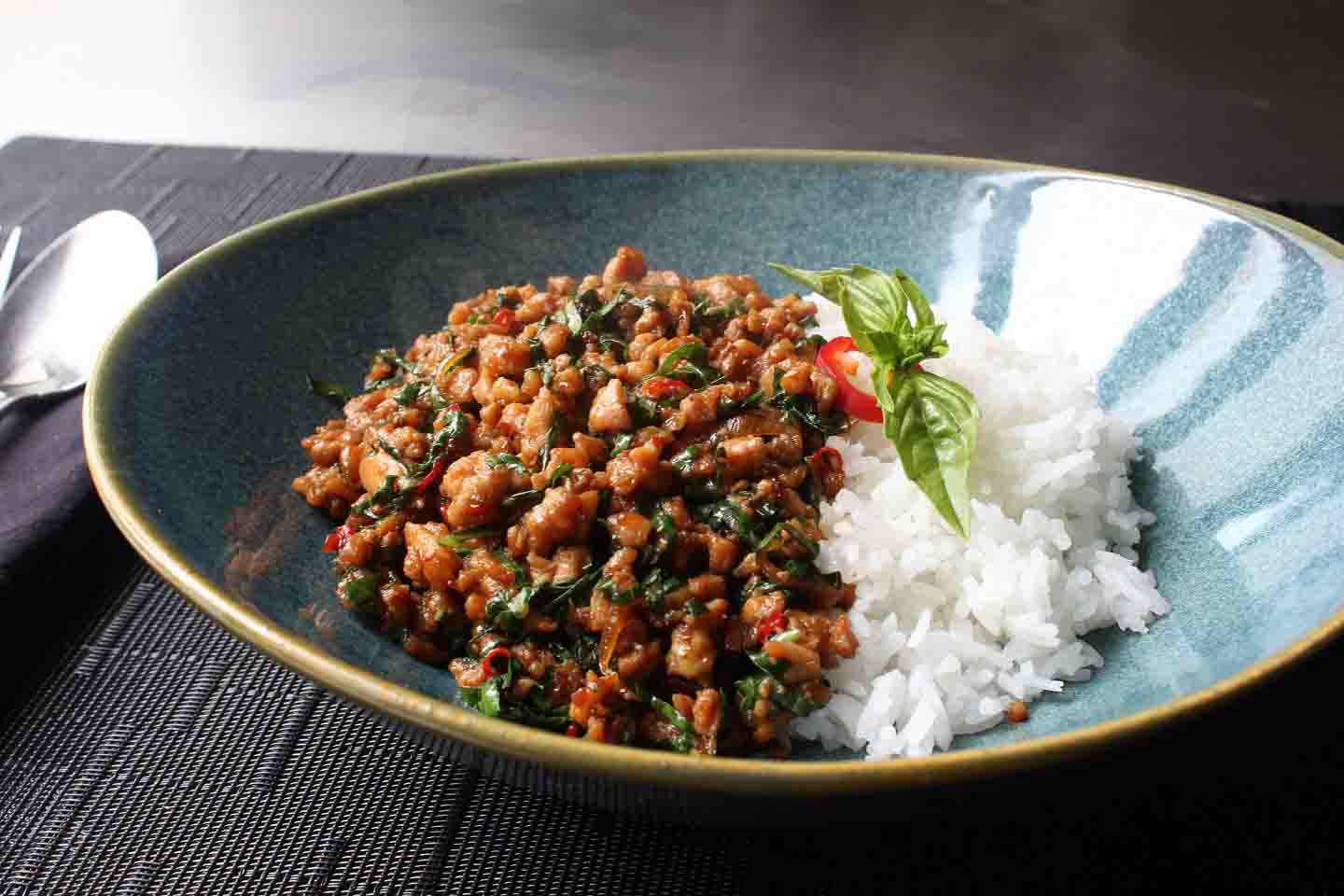
Basil efficacy and role
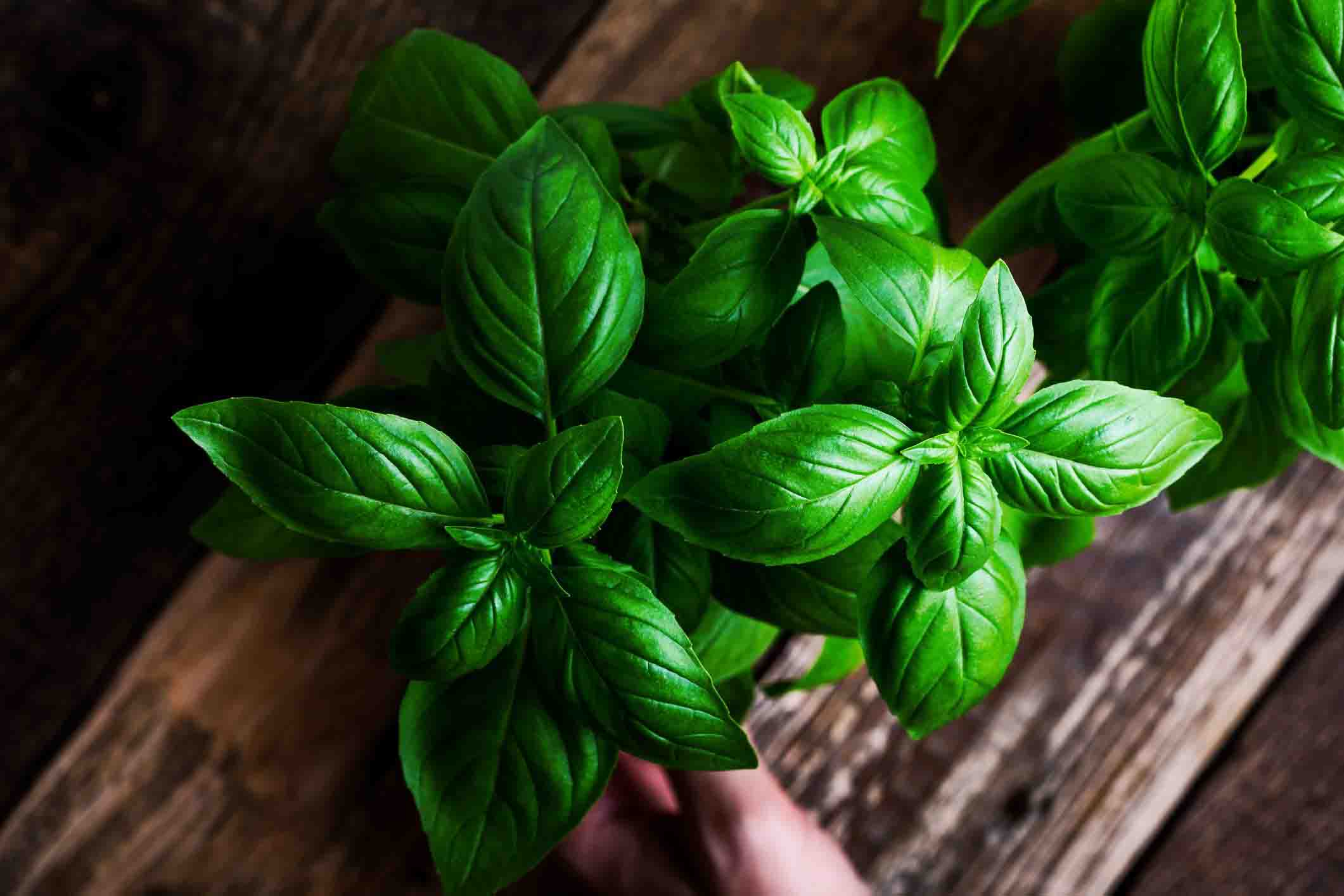
Edible value
The young leaves are edible, and can also be used to make tea. It has the effects of driving wind, aroma, stomach, and sweating. It can be used as a seasoning for pizza, pasta sauce, sauSage herb, soup, tomato juice, drenching sauce, and salad. Many Italian chefs often use basil instead of pizza herbs. It is also a commonly used seasoning in Thai cooking. Dry basil can be combined with 3 tablespoons of lavender, mint, marjoram, and lemon verbena to make decompression herbal tea.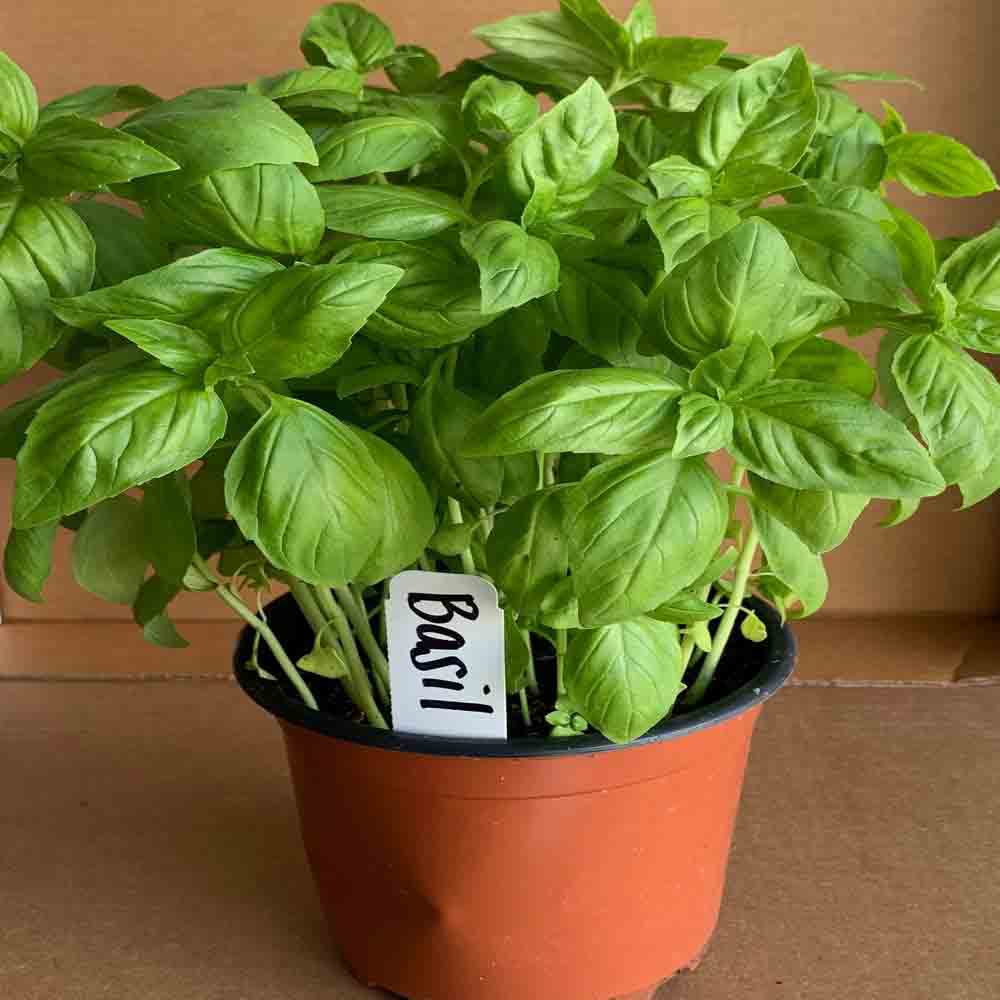
Basil cultivation
Choose a place
Basil is a deep-rooted plant, and its roots can penetrate 50-100 cm into the soil. Therefore, it is advisable to choose a sandy loam with good drainage and fertile loose soil. Before planting, apply foot base fertilizer, level, and rake, and make a flat or high border of about 130 cm.Nursery
Since the frost-free period is short, it is necessary to harvest seeds for open field cultivation and production. The seedlings must be raised in the greenhouse or greenhouse. Seedlings are usually planted in mid-to-late April. Put the seeds in a gauze bag, shake off the water vigorously, cover it with a wet towel or gauze, keep it warm and moisturize it, and place it at a temperature of about 25°C for sprouting.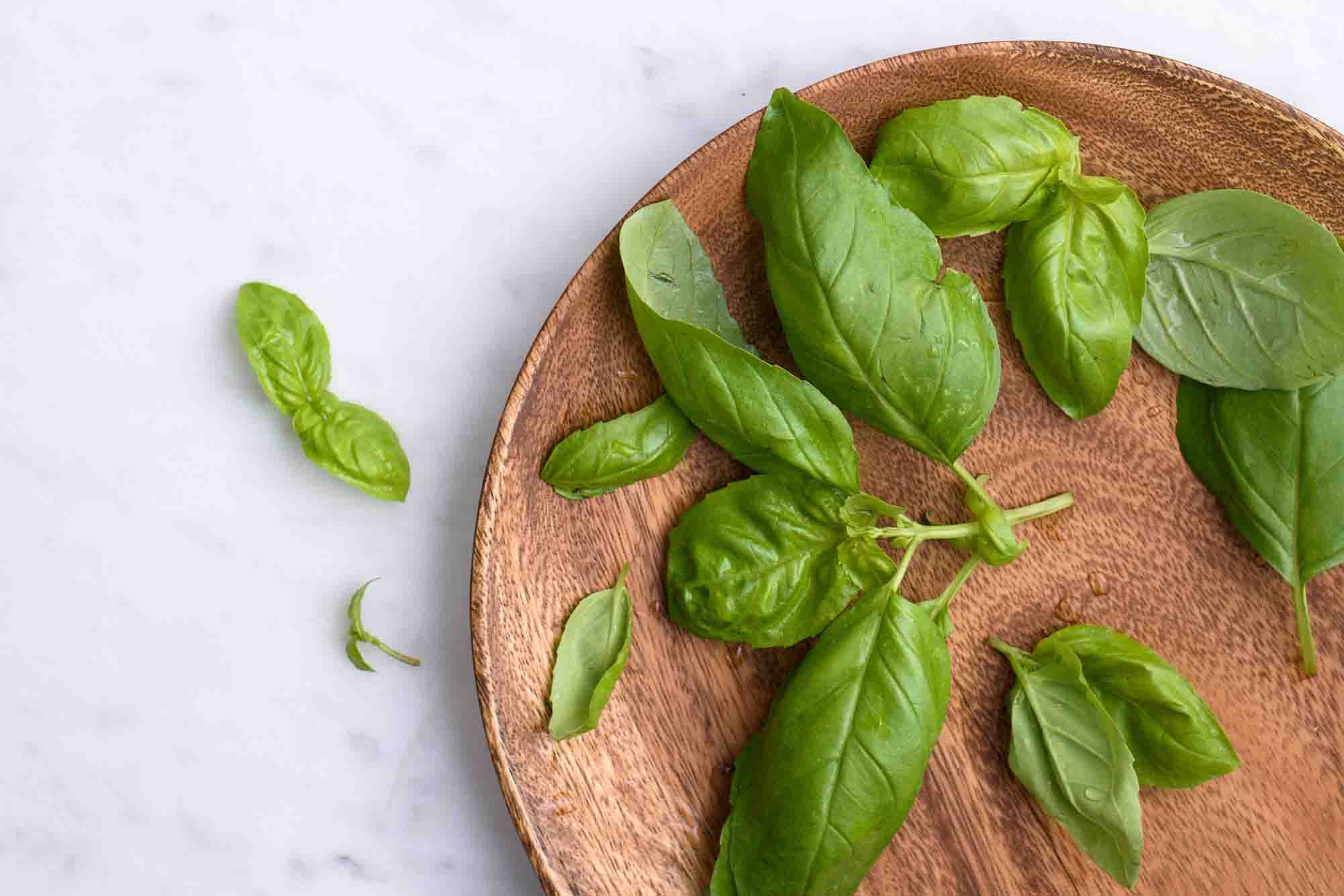
Latest Updated
- Benefits of Bugleweed - 7 Science-backed Health Benefits
- Bugleweed Dangers & Side Effects - Is It Poisonous?
- How to Plant Evergreen Trees - What You Should Know
- When to Plant Evergreens - Grow Guide for Evergreen Trees
- 12 Wonderful Evergreen Shrubs for Your Garden
- 12 Popular Evergreen Plants with Pictures for Beginners
- When And How To Prune A Lilac Bush Like a Pro
- How to Grow & Care for Lilac Vine (Hardenbergia Violacea)
- Japanese Lilac Tree (Syringa Reticulata) Care & Propagation Guide
- Shumard Oak Pros and Cons - What to Know
Popular Articles
- Winter maintenance of Antirrhinum Majus
- How to Grow Terminalia Mantaly Tree
- How to Grow and Care for Crossostephium Chinense
- How to grow Antirrhinum Majus in spring
- Peristeria Elata (Dove Orchid) Profile: Info & Care Guide
- Underwatered Snake Plant (Sansevieria Trifasciata) - Signs And How To Fix
- How to Care for Brazilian Jasmine Plant (Mandevilla Sanderi)
- How to Grow & Care for Graptopetalum Purple Delight in Summer
- Rosa Chinensis (China Rose): Plant Growing & Care Tips
- How to Care for Baby Sun Rose (Aptenia Cordifolia)
